Oman"s crop sector is experiencing an intriguing shift, as evidenced by its trade data and economic indicators. The country"s agricultural raw materials exports as a percentage of merchandise exports have significantly decreased from 0. 12% in 2020 to 0. 014% in 2022, indicating a potential over-reliance on imports. Meanwhile, the rural population has seen a decline, shrinking from 13. 7% in 2020 to 12. 25% in 2022, which could impact local agricultural production. Despite these challenges, Oman’s cereal yield per hectare soared to 24,800.
9 kg in 2022, up from 18,801. 2 kg in 2020, suggesting advancements in agricultural practices. The livestock production index also increased to 186. 57 in 2022 from 100. 71 in 2020, highlighting growth in animal husbandry. However, the employment figures in agriculture have not kept pace, with a modest increase from 5. 29% in 2020 to 6. 22% in 2022.
Globally, Oman"s crop production index fares well, climbing to 161. 69 in 2022. This growth is supported by increased cereal production, rising from 183,838 metric tons in 2020 to 208,826. 11 metric tons in 2022. However, the agricultural sector"s contribution to GDP has slightly diminished, indicating a need for strategic investments and resource allocation. Addressing these challenges and leveraging opportunities can be streamlined with platforms like Aritral. com. Aritral offers a comprehensive AI-driven B2B platform that aids in simplifying international trade.
Services such as Product Listing, Direct Communication, Global Sales Assistance, and AI-Powered Marketing can help businesses optimize their outreach and operations, ensuring a more robust presence in the global market. As Oman continues to develop its crop sector, leveraging such platforms can be crucial for sustained growth and overcoming trade barriers.
-
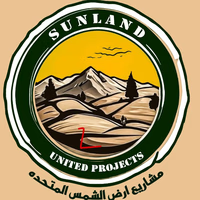 Sunland United Projects 3 months ago
Sunland United Projects 3 months ago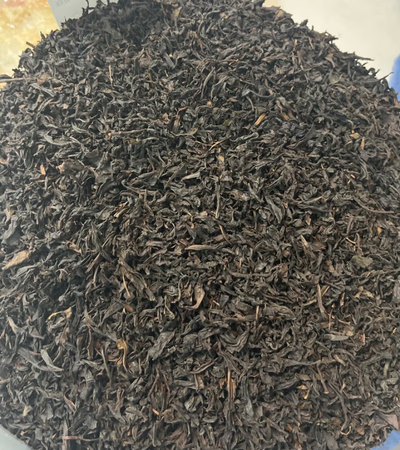 Oman
High quality Black tea leaf grade A
Oman
High quality Black tea leaf grade A
This Iranian black tea is leaves and mountain tea.They grow in the Hyrcanian forests.and is completely organic without chemical color and taste. It is...Details
-
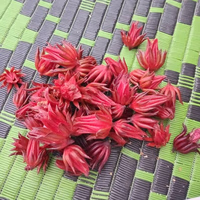 كركدية 3 months ago
كركدية 3 months ago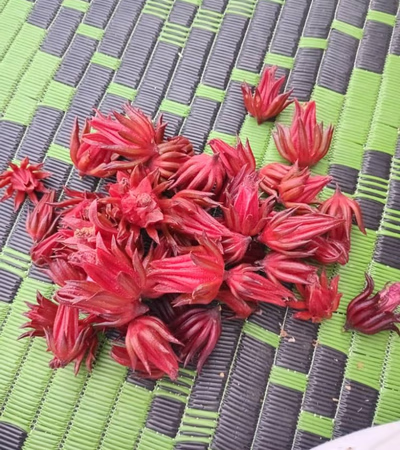 Oman
كركدي
Oman
كركدي
The hibiscus It is a flower of three types: black, white, and burgundy Burgundy is the most desirable It can be used in several things, it can be drun...Details
-
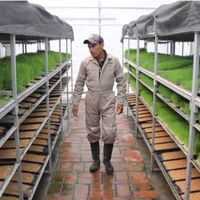 الوطنية للتنمية والتطوير للزراعة اعلاف مستدامة 3 months ago
الوطنية للتنمية والتطوير للزراعة اعلاف مستدامة 3 months ago Oman
Assistance in livestock feed production using moisture and steam methods
Oman
Assistance in livestock feed production using moisture and steam methods
Cultivation of livestock feed using modern methods of moisture and steam, preserving natural resources, reducing groundwater waste, achieving self-suf...Details
-
 Alahmad 3 months ago
Alahmad 3 months ago Oman
Animal Feed
Oman
Animal Feed
Peace be upon you and God's mercy and blessings. I want to inquire about a project to import animal feed from Egypt to the Sultanate of Oman, how the ...Details







